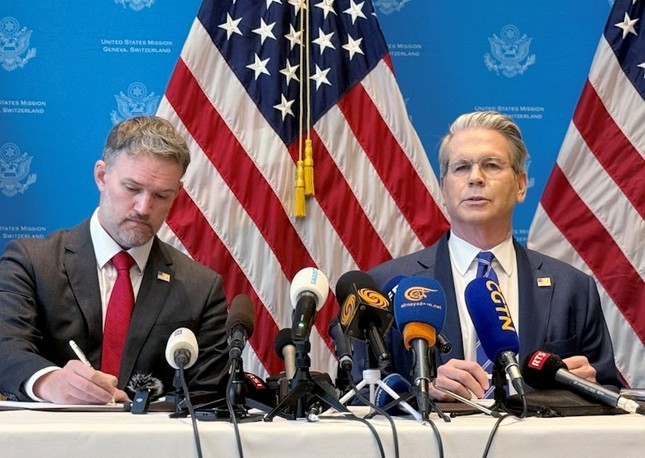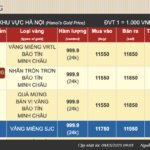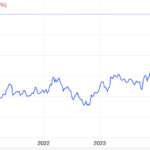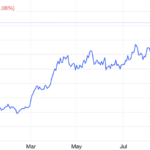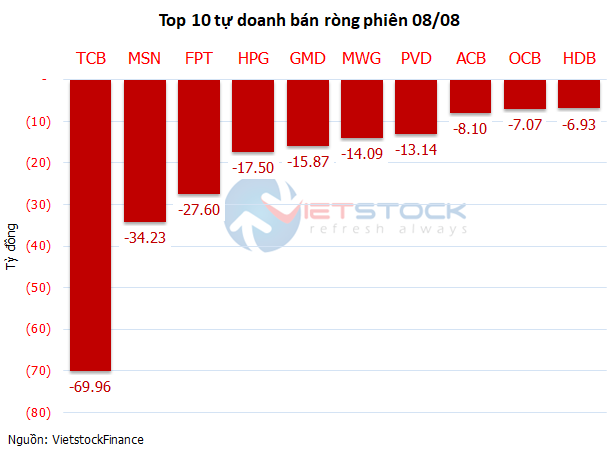Global Financial Markets Rally as US and China Agree to Pause Tariffs
On May 12, the US and China reached a tentative agreement to pause tariffs for 90 days and work towards reducing existing tariffs. This development has brought a wave of optimism to global financial markets.
According to US Treasury Secretary Scott Bessent, “Both sides will reduce tariffs by 115 percentage points reciprocally. Both nations are committed to balanced trade, and the US will continue to work towards that goal.”
The Chinese Ministry of Commerce affirmed that both sides would take action before December 14. China also pledged to implement measures to suspend or remove previous non-tariff retaliatory measures imposed on US products since April 2.
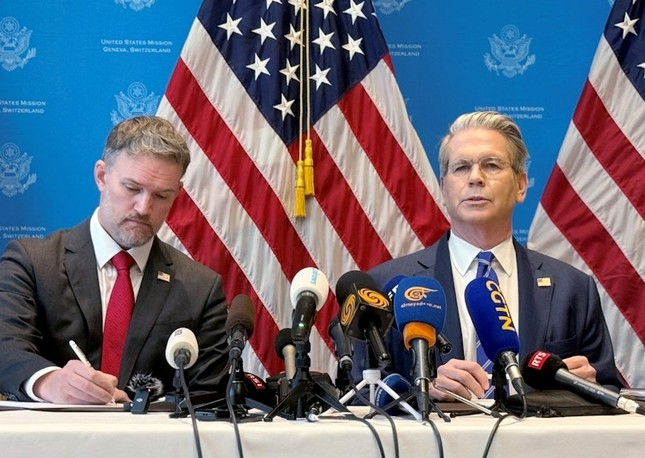
US Trade Representative Jamieson Greer and US Treasury Secretary Scott Bessent in Geneva, Switzerland on May 12.
Global financial markets responded positively to the joint statement from the world’s two largest economies. US stock futures surged, with S&P 500 futures rising 2.8%, Nasdaq 100 futures up 3.6%, and Dow futures gaining 2.3%.
China’s currency, the yuan, strengthened to a six-month high. The onshore yuan reached 7.2001 per dollar, its strongest level since November 2024, while the offshore yuan rose 0.4%.
US 10-year Treasury yields climbed during European trading, peaking at 4.447%, the highest level this month, before easing slightly to 4.439%, a daily gain of 6.4 basis points.
This level is significantly higher than before April 2, when the US announced new tariffs, with yields at 4.15%.
Shares of European transportation and logistics companies saw substantial gains. Maersk surged nearly 12%, making it the biggest percentage gainer on Europe’s STOXX 600 index. Hapag-Lloyd rose over 10%, and Kuehne+Nagel climbed more than 6%.
Kenneth Broux, a senior strategist for foreign exchange and rates at Societe Generale, commented, “There’s a cooling of tensions between China and the US. This is a clear market vote for risk assets and a step in the right direction and positive for assets and the US economy.”
Experts Optimistic but Cautious
According to Reuters, leading financial experts are cautiously optimistic about the outcome of the US-China trade negotiations.
Strategist Kenneth Broux noted that the US dollar has lagged other markets in its recovery from April lows. The dollar is now well-positioned for a deeper correction and a stronger rebound to catch up with stocks and bond yields.
Zhiwei Zhang, chief economist at Pinpoint Asset Management in Hong Kong, said, “This is better than I expected. I thought tariffs would be cut by around 50%. This is clearly very positive for both economies and the global economy.”
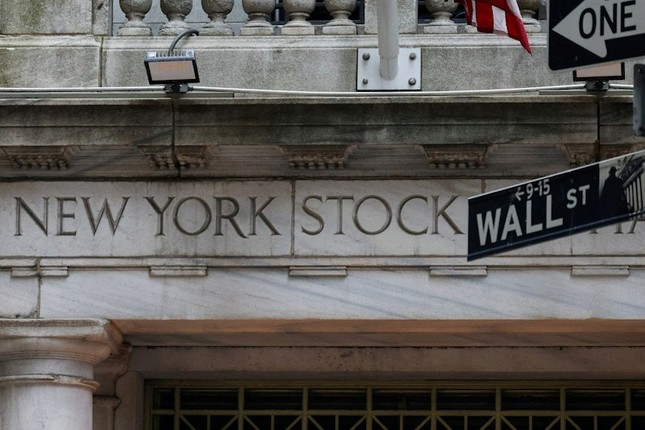
Outside the New York Stock Exchange (NYSE) in the United States.
However, Zhiwei Zhang cautioned that it is important to remember that this is only a temporary tariff reduction for three months. It could take several months for both sides to reach a final agreement.
Arne Petimezas, a researcher at AFS Group in Amsterdam, expressed surprise at the US’s sudden shift on tariffs on Monday. He noted that the events of April 2 seemed to have been quickly forgotten, and President Trump had lowered tariffs faster than anyone thought possible.
William Xin, chairman of Spring Mountain Pu Jiang Investment Management in Shanghai, stated, “The outcome far exceeded market expectations. Previously, investors had only hoped that the two sides could sit down and talk, and now there is more certainty. Both Chinese stocks and the yuan will rise for a while.”
Not all experts shared the same optimism. Jan von Gerich, a chief analyst at Nordea in Helsinki, warned, “The market is still volatile and uncertainty is increasing. I would not take everything we hear and see at the moment as real value.”
Jane Foley, head of FX strategy at Rabobank in London, added, “We have an assurance from the US that the negotiations will continue in a positive tone. But that doesn’t mean we’re back to pre-Trump times.”
Jane Foley emphasized that the basic tariffs of 10% remain in place everywhere, the 90-day pause is passing, and there is still much uncertainty about how these tariffs will be applied and their impact on global growth and central bank policies.
Source: Reuters
Gold Prices Stuck as US Treasury Yields Keep Rising
This week, gold prices could be volatile due to a slew of upcoming U.S. economic data, which is likely to reshape expectations for the Federal Reserve’s interest rate path. With markets closely watching for any insights into the Fed’s future moves, the precious metal’s performance hinges on these critical releases.
Gold Prices Plunge as Fed Rate Cut Hopes Fade
Investors are cautiously awaiting the Fed’s release of the minutes from its September meeting, along with the latest inflation data from the US Labor Department.

